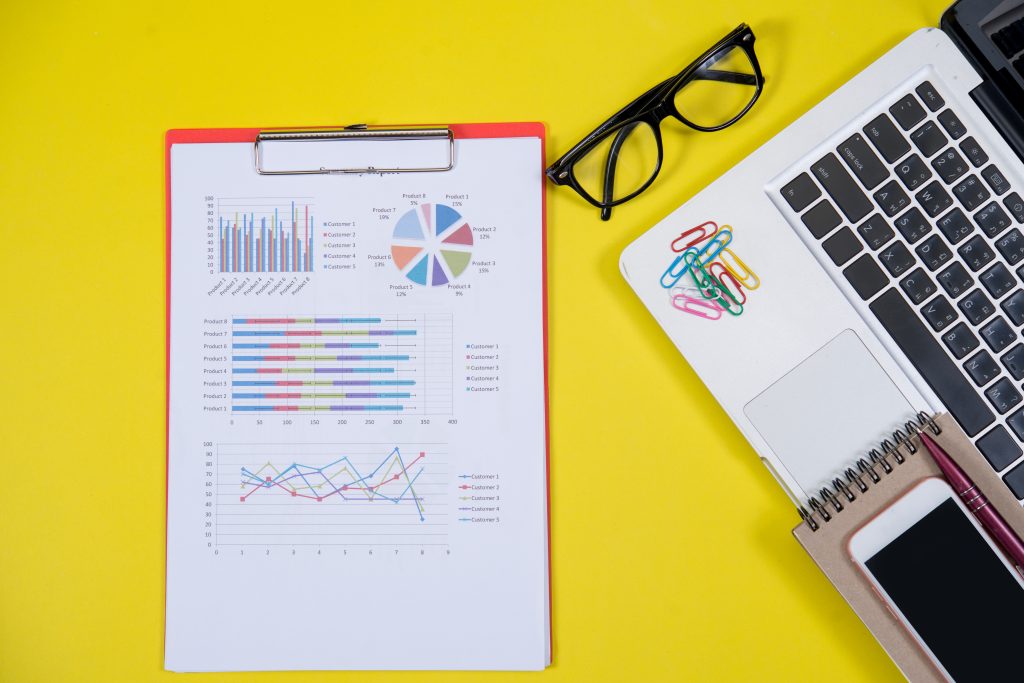As you ponder the landscape of quantitative survey instruments, a realm of tools awaits your exploration. Delve into the intricacies of selecting the right instrument to elevate your research endeavors. Mastering the use of research tools will help you in med school, especially when you’re navigating through complex case studies and medical research. From the fundamental aspects of variable selection to the nuances of reliability and validity assessment, each step in this journey holds the key to unlocking meaningful insights and actionable outcomes. Stay tuned to unravel the mysteries of survey instruments, their types, design considerations, and utilization in generating reliable data for informed decision-making in various research domains.
Quantitative Survey Instrument Overview
When conducting quantitative research, understanding the essential components of survey instruments is key to collecting reliable and valid data. Survey instrument selection plays a crucial role in the data collection process. Different data collection methods, such as surveys, questionnaires, and interviews, are commonly used in quantitative research. Survey instrument design should focus on aspects like validity, reliability, replicability, and generalizability to ensure accurate results. Sampling strategies, including probability sampling methods like simple random or stratified sampling, are vital for obtaining representative data. Quantitative analysis techniques, such as statistical software like SPSS or R, help in processing and interpreting the collected data efficiently. By carefully considering these elements in survey instrument selection, data collection methods, survey instrument design, sampling strategies, and quantitative analysis techniques, researchers can enhance the quality and credibility of their quantitative research outcomes.
Importance of Reliable Survey Instruments
Ensuring the reliability of survey instruments is paramount for robust quantitative research outcomes. Instrument selection plays a crucial role in data reliability and survey validity within your research methodology. When choosing survey instruments, consider the sampling techniques that align with your research goals. Opt for established instruments with documented reliability and validity measures to enhance the credibility of your findings. Implementing rigorous research methodology involves assessing the internal consistency of selected instruments and ensuring they meet acceptable thresholds, such as Cronbach’s alpha of .70. By prioritizing the reliability of your survey instruments, you enhance the trustworthiness of your data and strengthen the overall impact of your quantitative research. Remember, the quality of your survey instruments directly influences the accuracy and dependability of the conclusions drawn from your study.
Validity Measures in Survey Instruments
Validating survey instruments is a critical step in ensuring the accuracy and credibility of quantitative research findings. When it comes to validity measures in survey instruments, several key aspects need careful consideration:
- Sampling Techniques: Employing appropriate sampling techniques is vital to ensure that survey results are representative of the population under study.
- Data Interpretation: Accurate data interpretation is essential to draw meaningful conclusions from survey results and avoid misinterpretations.
- Response Bias: Identifying and mitigating response bias is crucial to ensure that survey responses are not influenced by external factors.
- Survey Design: Well-designed surveys with clear, unbiased questions and appropriate response options are fundamental for collecting reliable data.
- Psychometric Analysis: Conducting psychometric analysis helps assess the reliability and validity of the survey instrument, ensuring that it measures what it intends to measure accurately.
Search Strategies for Survey Instruments
To efficiently locate suitable survey instruments, employ strategic search methods using online resources and specialized databases. Instrument selection is crucial for survey reliability and data validation. Begin by defining your survey design needs clearly. Effective search strategies involve utilizing keywords related to your research topic. Google is a powerful tool for finding survey instruments; use specific terms like “job satisfaction scale reliability and validity” for targeted results. Casting a wide net during your search helps identify the most appropriate instrument for your study. Additionally, the Measurement Instrument Database for the Social Sciences (MIDSS) is a valuable resource for locating survey instruments using specific keywords or phrases. By employing these strategic search methods, you can streamline the process of finding reliable survey instruments that align with your research objectives and ensure the validity of your data collection efforts.
Types of Research Instruments for Surveys
Utilize strategic search methods to identify various types of research instruments commonly used for surveys in different fields.
- Survey instrument selection: Choose between interviews, surveys, observations, focus groups, and existing data based on research objectives.
- Data collection techniques: Implement methods like questionnaires, telephone surveys, structured interviews, and self-administered questionnaires.
- Instrument reliability assessment: Evaluate the consistency and stability of data collection tools through measures like Cronbach’s alpha and comparison with original findings.
- Survey instrument validation: Ensure the content, criterion, and construct validity of the instrument to measure what is intended and compare with established measures.
When considering the types of research instruments for surveys, it is essential to analyze the purpose of the study, the target audience, and the data needed. Each instrument has its strengths and limitations, impacting the quality and reliability of the data collected. By carefully selecting, assessing, and validating research instruments, you can enhance the effectiveness and accuracy of your survey outcomes.
Design Considerations for Survey Instruments
Consider key design elements when creating survey instruments for optimal data collection accuracy and reliability. Survey instrument design and usability are crucial factors that can impact the quality of data collected. Enhancing survey engagement through clear and concise questions is essential to maintain respondent interest. The visual appeal of the survey instrument plays a significant role in attracting participants and encouraging completion. Moreover, paying attention to the layout, typography, colors, and images can further enhance the overall user experience. Ensuring high survey instrument response rates is vital for obtaining a representative sample and increasing the reliability of the data collected. Utilizing appropriate data analysis techniques post-survey administration is key to deriving meaningful insights from the gathered information. By carefully considering these design elements, you can optimize your survey instruments for effective data collection and analysis.
Specific Types of Survey Instruments
Survey instruments play a crucial role in quantitative research by facilitating the collection and analysis of numerical data to identify patterns and trends.
- Survey instrument selection: Choose the appropriate tool based on research objectives.
- Data collection techniques: Utilize surveys, questionnaires, interviews, or observations to gather information.
- Survey reliability assessment: Measure internal consistency using methods like Cronbach’s alpha to ensure data accuracy.
- Quantitative analysis methods: Employ statistical software for analysis, such as SPSS, to draw meaningful conclusions.
When selecting a survey instrument, consider the reliability and validity of the tool to ensure accurate data collection. Implement robust data collection techniques to gather information effectively. Assess the reliability of the survey instrument through statistical measures. Finally, utilize quantitative analysis methods to interpret the collected data accurately. By following these steps, you can enhance the quality and credibility of your quantitative research.
Utilization and Analysis of Survey Data
To effectively analyze survey data, begin by organizing the collected information systematically for meaningful interpretation and actionable insights. Utilize data analysis software to identify survey data trends and extract valuable insights. Data visualization techniques can aid in presenting complex information in a clear and understandable manner, facilitating survey data interpretation. By leveraging these tools, you can uncover patterns, correlations, and outliers within the data, leading to informed decision-making processes. Moreover, exploring survey data insights enables you to extract significant findings that can drive strategic actions and improvements. Remember to stay attentive to details and use appropriate analytical methods to derive accurate conclusions from the survey data. Embracing a systematic approach to analyzing survey data will enhance the reliability and validity of your research outcomes, contributing to effective utilization of quantitative survey results in both academic and business settings.







